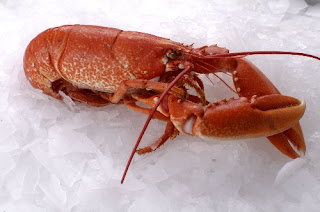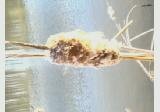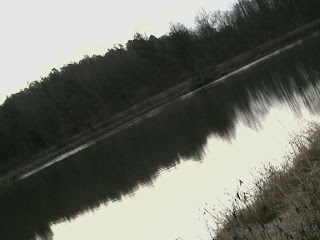Chiton!!
Chiton means "many plates" (as you can see in the above picture). They come in many different colors, they have no eyes and no tentacles but they do consist of eight overlapping shells over a muscular foot. These plates protect the Chiton from any predators that cross their path. They use their radula, a ribbon like toothed structure or tounge, to scrape off algae from rocks.Their shells are very hard and when frightened by a predator, they will roll up into a ball (see below picture).
Taxonomy:
Genus: Chiton
Species: Chiton Squamosus
VIDEO!!!
http://s701.photobucket.com/albums/ww14/LamboAM/Album%202/?action=view¤t=StomaVid.mp4
Kingdom: Animalia
Phylum: Mollusca
Class: Polyplacophora
Order: Neoloricata
Family: ChitonidaeGenus: Chiton
Species: Chiton Squamosus
VIDEO!!!
http://s701.photobucket.com/albums/ww14/LamboAM/Album%202/?action=view¤t=StomaVid.mp4















































